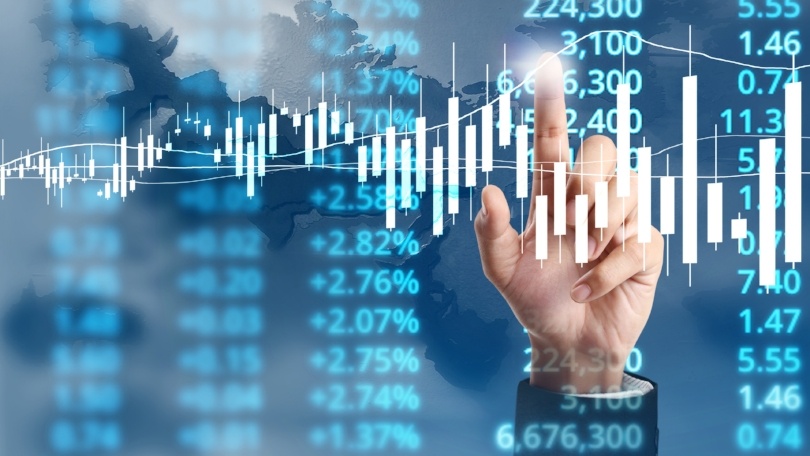
Jimmy Pickert, CFA, CRPS® Portfolio Manager
As you plan your strategy for creating portfolio distributions during retirements, there are a number of different factors you should consider. These include your budget, expenses, and sources of retirement income other than your investment portfolio, such as Social Security and possibly a pension plan.
Based on these factors, you may determine that you need to withdraw a certain amount of money from your portfolio each month to meet your living expenses during retirement. Or, you might decide to withdraw a certain percentage of your portfolio each year and adjust your expenses to this level of income.
But there’s another critical factor that many retirees neglect to consider when planning their distribution strategy: the potential impact of sequence of returns risk on their portfolio balance.
Sequence of Returns Risk
Sequence of returns risk is the risk that lower or negative returns will be experienced early during a portfolio’s withdrawal period — or in other words, during the early years of retirement. When this happens, it can have a devastating effect on an individual’s financial security during retirement. This happens because low or negative returns early in retirement reduce the portfolio balance upon which future returns are based.
Many people mistakenly look at average annual return over a period of years and assume that their portfolio will grow by this amount during this time. But this isn’t necessarily the case while distributions are being made. Why? It’s because the portfolio won’t earn that average return every year. Some years it will earn more, while some years it will earn less. If it draws less during the early withdrawal years, this will negatively impact the portfolio over the long term.
Similar Retirees, Different Results
Let’s explore example to help illustrate how this works.
Consider John and Frank. They are both ready to retire at 65 years of age. Each has a $1 million retirement portfolio invested in an index fund that tracks the S&P 500 and each plan to withdraw $50,000 per year to meet their expenses during retirement.
John retired in 2000, and between 2000 and 2016, his S&P 500 indexed portfolio earned an average annual return of 4.51 percent. At the end of 2016, his portfolio value had fallen to $311,384. Now let’s reverse the sequence of returns by assuming that Frank retires in 2016 and look at returns going backward to the year 2000. After the same 17-year timeframe and the same 4.51 percent averaged annualized return, Frank’s portfolio value would rise to $1,132,866.
How is This Possible?
How could this happen when both John and Frank were invested in the same index fund, earning the same average annual return over the same period, and withdrew the same amount of money each year? It happened because the sequence of returns between 2000 and 2016 is vastly different than the sequence of returns between 2016 and 2000 (or in other words, going backward).
During the first three years, after John retired in 2000, the S&P 500 lost 9.10 percent, 11.89 percent, and 22.10 percent. Along with his $50,000 annual withdrawals, this dropped his portfolio balance all the way down to $519,446 — just three years after his retirement his portfolio was worth nearly 50 percent less. It grew to $609,492 over the next five years but then plummeted to $352,492 after the financial crisis of 2008-2009.
Even though the S&P 500 had positive returns every year after this, including healthy double-digit returns during several years, the portfolio was never able to recover from the heavy losses during the first three years after John retired.
Cushioning the Blow
Now let’s look at what happened to Frank’s portfolio. He didn’t experience a negative return until the financial crisis, or eight years after he retired. During this time, his portfolio grew to $2,125,733. In other words, it more than doubled even though he was taking out $50,000 every year.
After the financial crisis, Frank’s portfolio dropped to $1,307,757. That’s a big hit, to be sure. But because the down year came after eight good years, Frank’s total portfolio balance held up far better than the balance in John’s portfolio, which suffered three down years immediately after he retired.
Reducing Sequence of Returns Risk
Now that you understand sequence of returns risk, is there anything you can do to reduce it? While you can’t predict what the markets will do after you retire, and you may not be able to control exactly when you retire, you can reduce your vulnerability to sequence of returns risk by reducing portfolio volatility. The best way to accomplish this is by devising an investing strategy tailored to your individual retirement income needs.



